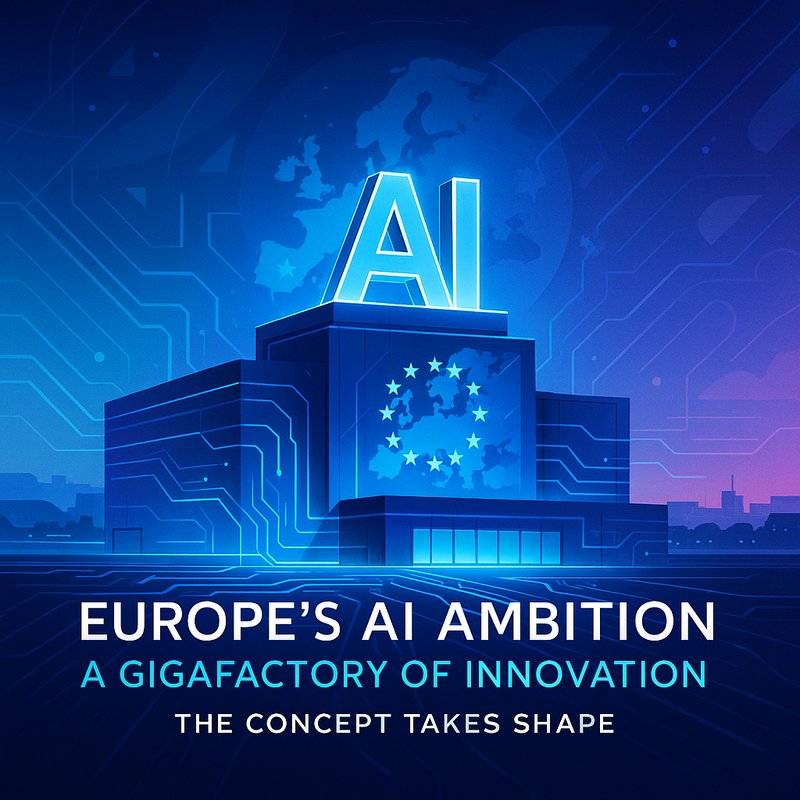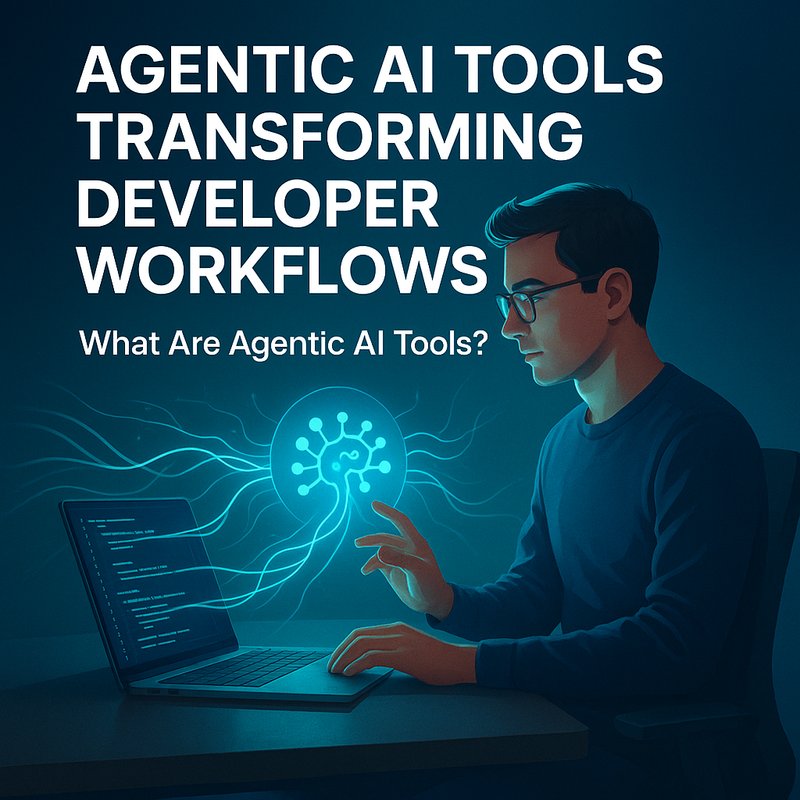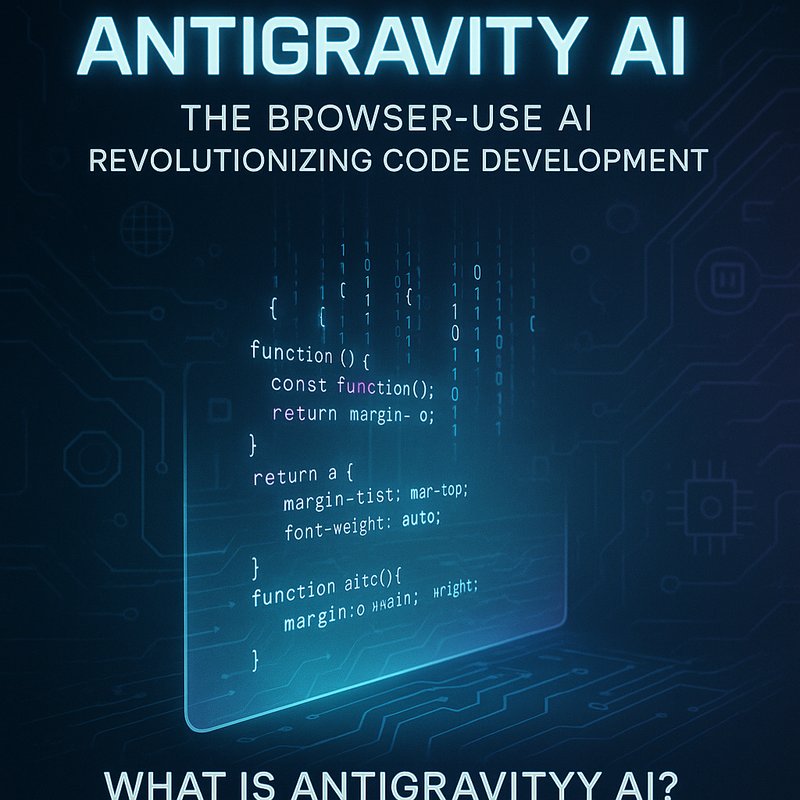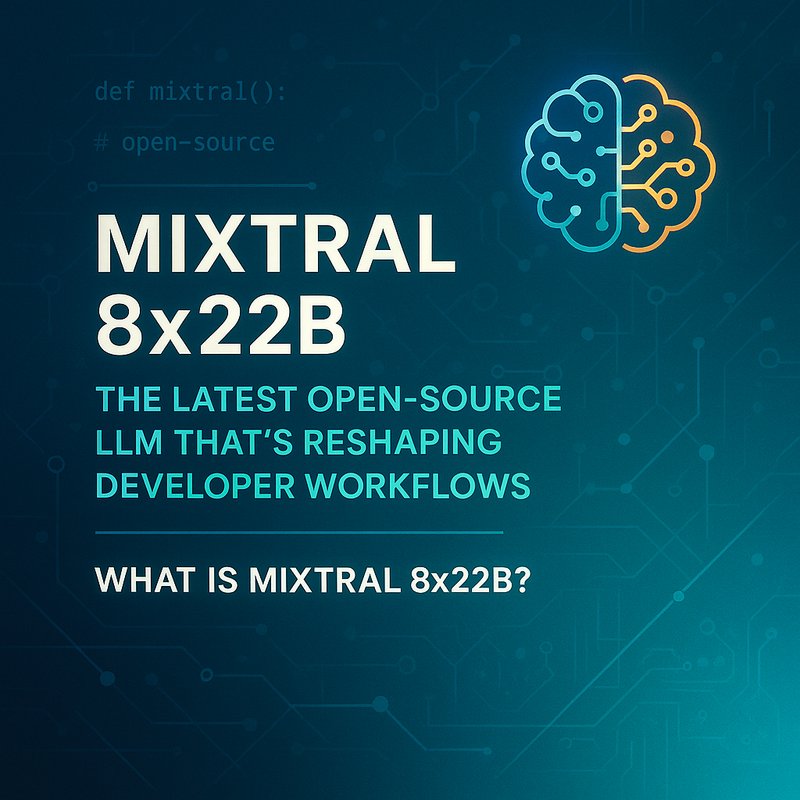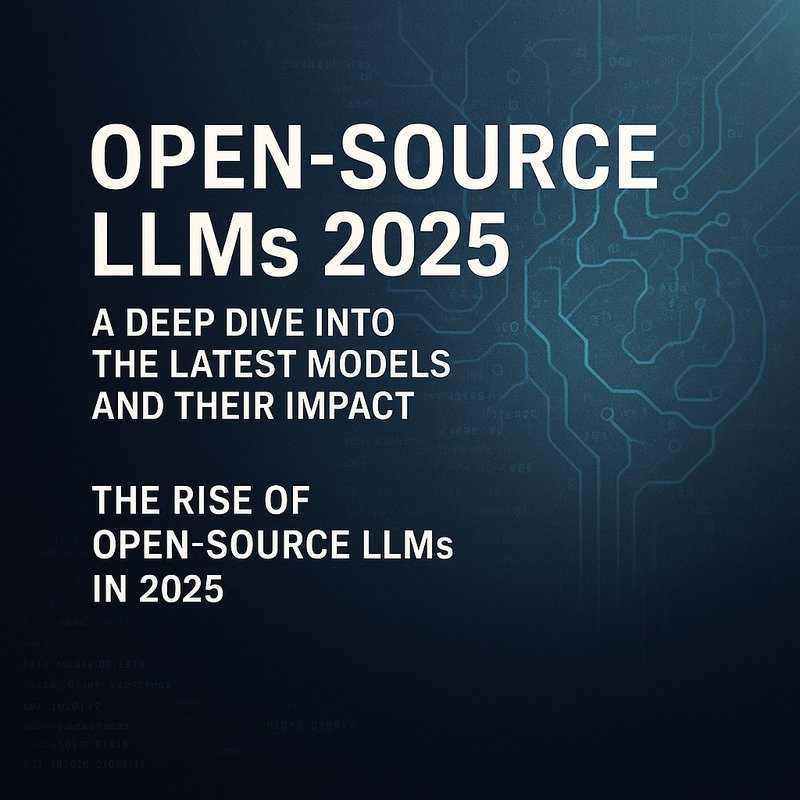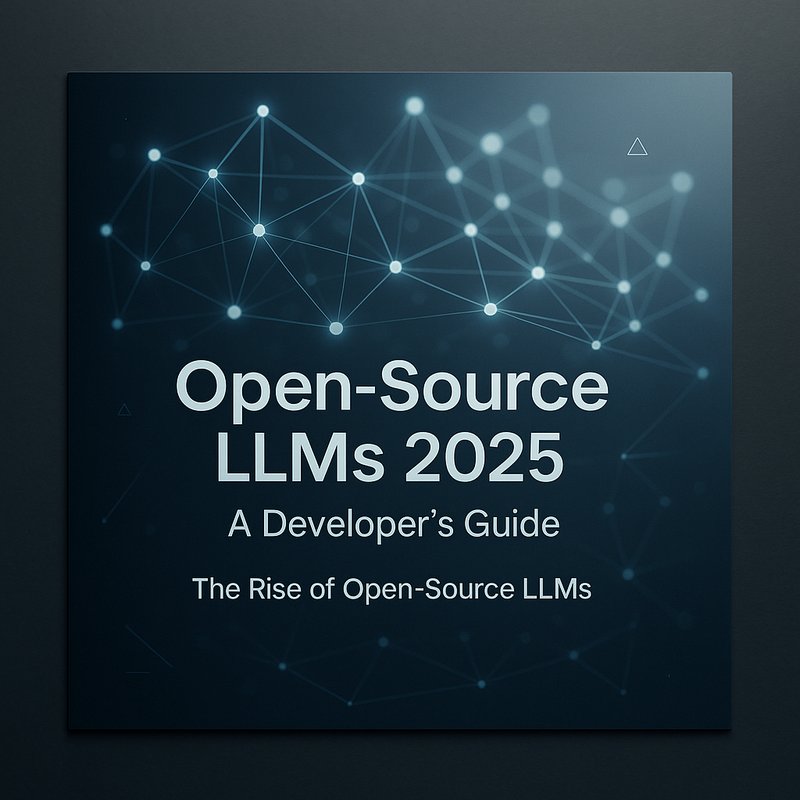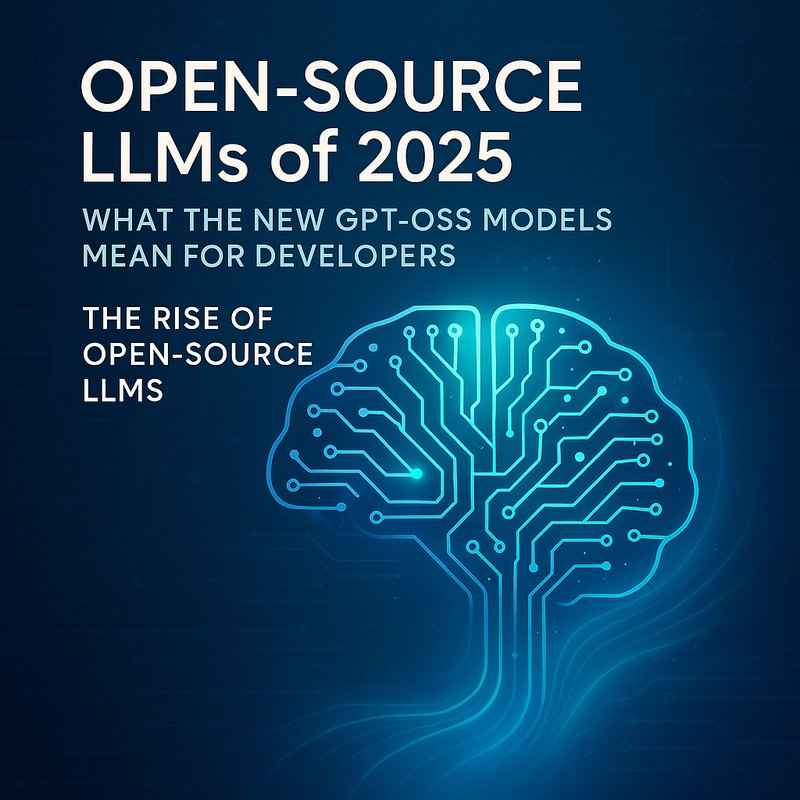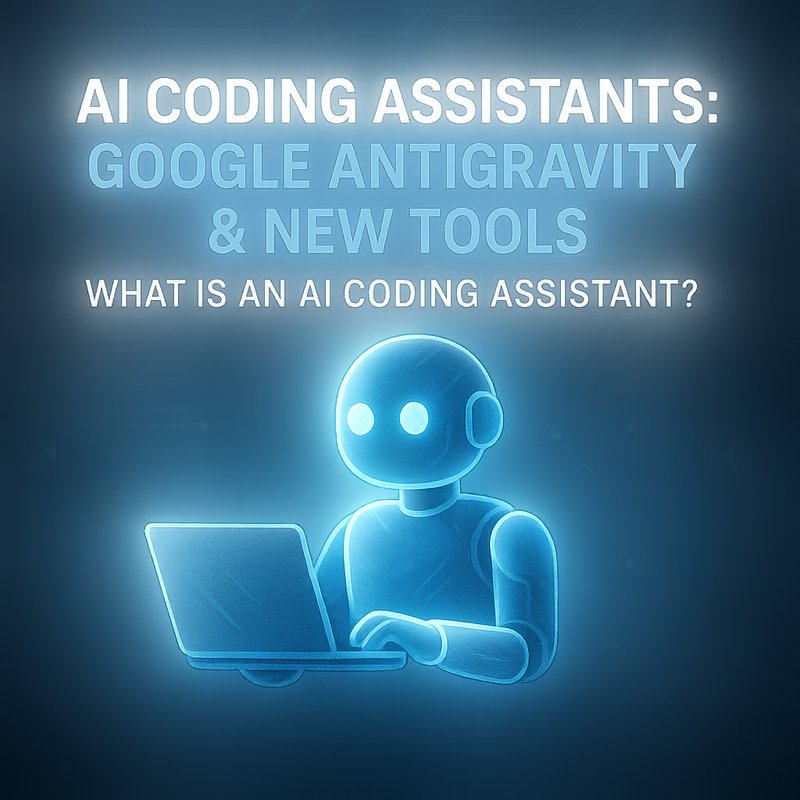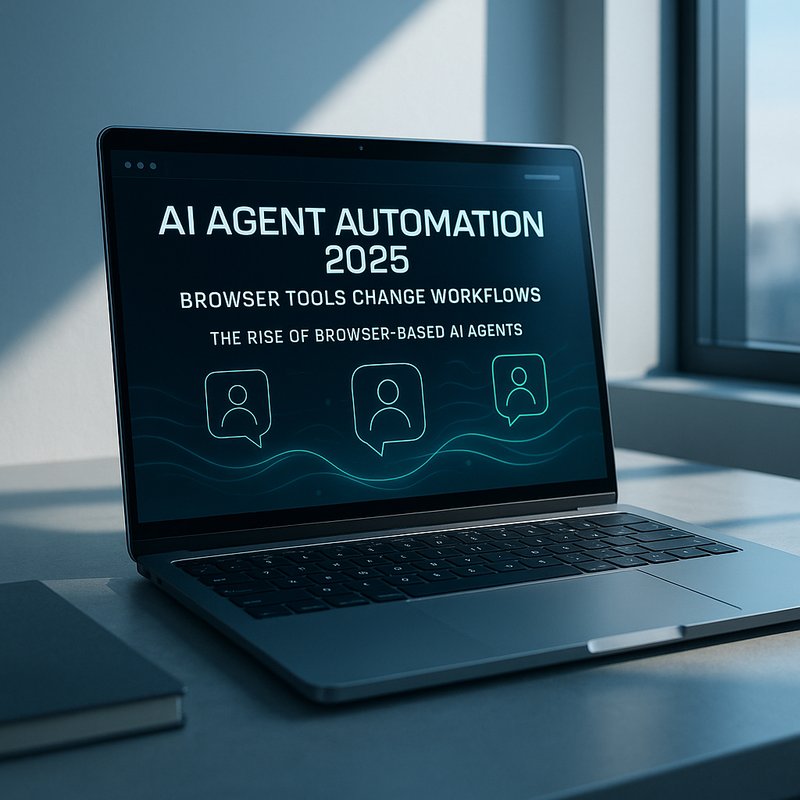Europe is gearing up to host a network of AI “gigafactories.” No, these aren’t battery plants. They’re hubs where top minds, data, and tech come together to speed up artificial intelligence for real-world use. Imagine spaces filled with researchers, startups, and established firms, all sharing tools and ideas. That’s the vision. But building such a network takes money, planning, and people. The payoff? Stronger economies, smarter public services, and a global edge in tech.
The Concept Takes Shape
What exactly is an AI gigafactory?
Think of a place that mixes a research lab, a startup incubator, and a manufacturing line. Inside, teams train models on supercomputers, test them on live data sets, and roll out services to hospitals, schools, or factories. By co-locating talent and infrastructure, Europe hopes to lower the barrier for AI projects. Instead of every company buying its own data center, they can tap shared facilities.
Building these hubs means:
- Big investment in data centers and high-performance computing (HPC)
- Partnerships between universities, local governments, and private firms
- Joint research grants from the EU’s Horizon program and national bodies
By pooling resources, smaller players get access to tools that were once the domain of a few tech giants. And that levels the playing field.
A Hub of Activity
Once up and running, gigafactories become buzzing centers of action. You might see:
- Academics refining language models with European languages and dialects
- Startups prototyping AI for health care, energy grids, or mobility
- Training programs where students learn to build and deploy models
- Demo days that connect innovators with investors
These hubs also focus on concrete challenges. For example, in Lyon, France, a gigafactory could partner with hospitals to analyze medical scans (similar to Google Health’s mammogram work). Meanwhile in Helsinki, Finland, another center might team with electric utilities to fine-tune smart grid algorithms. That mix of public interest and private innovation fuels faster progress than scattered efforts.
What strikes me is how these centers can tackle local issues. In rural Spain, farmers could use AI to predict water needs. In northern Sweden, utilities can optimize wind-farm output. The network then shares lessons across borders. A tool that works in Lisbon might adapt for Zagreb with minimal tweaks.
Accelerating AI Adoption
Building models is one thing. Putting them into daily use is another. Gigafactories can bridge that gap by:
- Running pilot programs with hospitals, schools, or city councils
- Hosting “AI clinics” where local businesses bring data and get advice
- Offering low-cost credits for startups to access cloud GPUs (via OpenAI or Google Cloud)
- Showcasing successful case studies, like Meta’s large-scale recommendation systems
This structure fast-tracks real deployments. A small health-tech team doesn’t need months of paperwork to get cloud credits—they apply through the hub. And a developer in Warsaw can test models on GPUs supplied by NVIDIA or local HPC clusters.
Plus, by sharing code and data standards, these hubs reduce duplication. Everyone benefits from a common toolkit: data-sharing protocols, privacy-by-design templates, and pre-built pipelines. It’s like giving each project a head start instead of building from scratch.
The Road Ahead: Challenges and Concerns
Of course, setting up gigafactories isn’t a walk in the park. Key questions include:
- Funding: Where will the money come from? The EU, member states, private investors—or all three?
- Talent: Europe already faces a shortage of AI engineers. How do we attract and keep them?
- Data access: Collaborations require sharing sensitive data. How can we ensure privacy and security?
- Regulation: The EU’s AI Act aims to set safety rules. How do we balance oversight with innovation?

Talent is a big one. Top graduates often head to Silicon Valley or Beijing for higher pay. To counter that, European gigafactories must offer competitive salaries, cutting-edge projects, and clear career paths. They can also tap into remote work trends—allowing experts in Lisbon or Milan to work on a Berlin-based hub’s project.
Data access is another hurdle. A lot of public data lives in silos—hospital records, transport logs, energy consumption charts. Harmonizing these sets legally and technically takes time. Tools like federated learning can help. For example, an AI model could train on hospital data in Paris without moving any records out of the local system. That satisfies GDPR and spares data breaches.
Regulation can feel like red tape, but it also offers structure. The AI Act classifies systems by risk. A medical diagnostic tool sits in a higher category than a retail chatbot. Gigafactories can embed compliance checks early on, so models meet EU safety and ethics rules from day one. This reduces later delays when products hit the market.
Prioritizing Responsible AI Development
Europe’s approach highlights values as much as speed. Gigafactories should:
- Embed ethical review boards
- Use fairness checks to detect bias in model outputs
- Maintain “trust anchors”—core modules that guard against unwanted model drift
- Promote open research with peer-review and published benchmarks
By placing responsibility at the center, these hubs can set a global example. Imagine regulators in Tokyo or Washington referencing “the European gigafactory model” for best practices. That amplifies Europe’s influence beyond its borders.
Key Players and Their Roles
Making this vision a reality depends on four main groups:
Governments
- Offer grants and infrastructure funding
- Streamline visas for AI talent
- Set clear regulations that encourage safe innovation
Academia
- Lead foundational research on new architectures and algorithms
- Train the next generation of AI engineers
- Publish open data sets and shared benchmarks
Industry
- Scale successful demos into full-blown products
- Provide access to real-world data and deployment channels
- Co-invest in shared computing resources
Talent
- Drive daily innovation with fresh ideas and skills
- Form startups that push boundaries and create jobs
- Mentor and teach within gigafactory networks
Each partner brings something vital. Universities contribute theory. Companies offer scale. Governments back with money and rules. And individuals—engineers, data scientists, and entrepreneurs—power the engines.
Conclusion
Europe’s push for AI gigafactories isn’t about hype. It’s a blueprint to build real assets—computing, people, and partnerships—that speed up AI development across the continent. The result? Smarter public services, new businesses, and jobs sprinkled from Lisbon to Tallinn. Sure, hurdles remain: money, data, and rules. But with a networked approach, Europe can punch above its weight. The future? A landscape where AI tools born in Berlin help farmers in France and hospitals in Rome. That’s a gigafactory of innovation, built for the real world.
